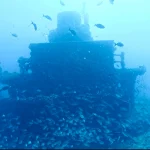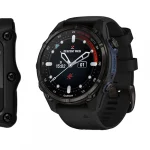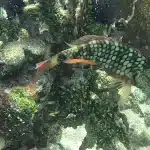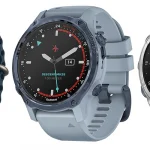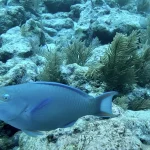Table of Contents
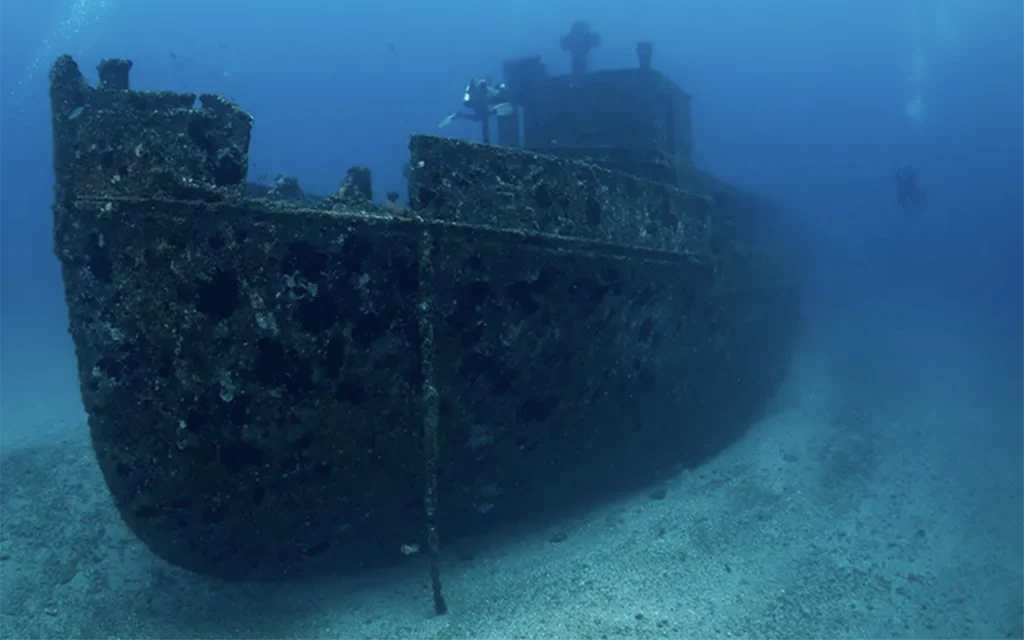
The Esso Bonaire III’s transformation from a drug smuggler to an artificial reef exemplifies its unique place in maritime history and its current role in marine conservation and recreational diving.
Article at a Glance
- Wreck Overview: The Esso Bonaire III is a former oil tanker sunk in 1989, located off the coast of West Palm Beach, Florida, at a depth of approximately 81-90 feet (25-27 meters).
- Historical Significance: Originally built in 1939, the ship has a colorful history, including its seizure by the U.S. Coast Guard for drug smuggling before being transformed into an artificial reef.
- Diverse Marine Life: The wreck is home to a variety of marine species, including lemon sharks, barracudas, and goliath groupers, making it a vibrant ecosystem for divers to explore.
- Unique Diving Experience: As part of the Jupiter Wreck Trek, the Esso Bonaire III allows divers to explore multiple wrecks in close proximity, enhancing the overall diving adventure.
- Safety Measures: Dive shops provide pre-dive briefings, emphasize buoyancy control, and encourage the use of surface marker buoys to ensure diver safety while exploring the wreck.
- Local Dive Shops: Several dive shops in West Palm Beach offer trips to the Esso Bonaire III, including Narcosis Dive Company, Palm Beach Scuba, Pura Vida Divers, Force-E Scuba Centers, and The Scuba Club.
- Environmental Considerations: Divers are encouraged to respect marine life and follow “Leave No Trace” principles to preserve the underwater environment surrounding the wreck.
Depth and Location Coordinates
Depth
The wreck lies at a maximum depth of 81-90 feet (25-27 meters), making it a popular site for divers looking to explore artificial reefs and marine life in the area.
Location Coordinates
The Esso Bonaire III wreck is located in West Palm Beach, Florida. The coordinates for the wreck are approximately 26.9478° N latitude and 80.0595° W longitude.
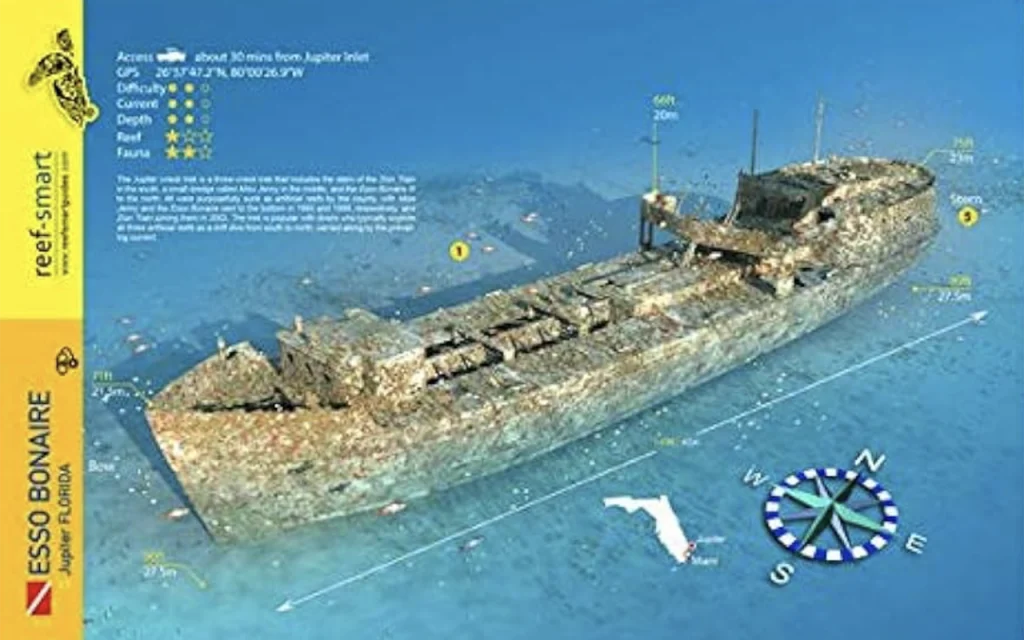
What to Scuba Divers Say About This Wreck
- Diving Experience: The Esso Bonaire III is part of the Jupiter Wreck Trek, which includes multiple wrecks close to each other, making it convenient for divers to explore several sites in one dive trip. This proximity is often praised as it allows for a diverse diving experience without extensive travel between sites.
- Marine Life: Divers report encountering a rich variety of marine life around the wreck, including schools of fish and other aquatic species. The artificial reef structure attracts different marine organisms, enhancing the underwater biodiversity that divers can observe.
- Depth and Accessibility: The wreck is located at a depth of 81-90 feet (25-27 meters), which is manageable for many divers, though it may require some experience due to the depth. This accessibility is noted as a positive aspect for those looking to dive deeper wrecks.
- Overall Ratings: Many divers rate the Esso Bonaire III as a worthwhile dive site, appreciating the combination of wreck exploration and marine life observation. The wreck’s condition and the surrounding environment contribute to its popularity among both novice and experienced divers.
What Kind of Marine Life Can Be Found on The Wreck
- Lemon Sharks: These large coastal sharks are frequently spotted around the wreck and have become a significant attraction for eco-tourism in the Jupiter/West Palm Beach diving area. Divers have reported that lemon sharks are generally mild-mannered and not shy around divers, making for exciting encounters.
- Barracuda: This species is commonly seen in the vicinity of the wreck. Barracudas are known for their sleek bodies and sharp teeth, often swimming in schools around the wreck structure.
- Various Fish Species: The wreck attracts a variety of other fish, contributing to a vibrant underwater ecosystem. Divers can expect to see numerous reef fish that thrive in the artificial reef environment created by the wreck.
Key Information
| Aspect | Details |
|---|---|
| Wreck Name | Esso Bonaire III |
| Location | West Palm Beach, Florida |
| Coordinates | 26.9478° N, 80.0595° W |
| Depth | 81-90 feet (25-27 meters) |
| Vessel Type | Former oil tanker |
| Length | 146.3 feet (44.6 meters) |
| Year Built | 1939 |
| Year Sunk | July 23, 1989 |
| Sinking Purpose | Artificial reef |
| Notable History | Seized for drug smuggling in 1989 |
| Marine Life | Goliath groupers, barracudas, various reef fish |
| Diving Experience | Intermediate to advanced |
| Visibility | Generally good, can vary |
| Currents | Can be strong |
| Best Time to Dive | Year-round, but summer offers calmer seas |
| Nearby Attractions | Part of Jupiter Wreck Trek, near other wrecks |
| Special Features | Artificial reef program, diverse ecosystem |
What Makes Esso Bonaire III a Unique Diving Experience
- Historical Significance: Originally built in 1939, the Esso Bonaire III has a storied past, including its interception by the U.S. Coast Guard for smuggling marijuana. This history adds an intriguing layer to the dive, as divers explore the remnants of a vessel with a colorful background .
- Artificial Reef: Sunk in July 1989 as part of an artificial reef program, the wreck serves as a habitat for various marine species. The transformation of the ship into an artificial reef has made it a thriving ecosystem, attracting a diverse array of marine life, including goliath groupers and barracudas .
- Proximity to Other Wrecks: The Esso Bonaire III is part of the Jupiter Wreck Trek, which includes two other nearby wrecks, allowing divers to explore multiple sites in one dive. This close proximity enhances the diving experience, providing variety and opportunities for underwater photography .
- Diverse Marine Life: The wreck is known for its vibrant marine life, including schools of fish, sharks, and other species that thrive in the artificial reef environment. This biodiversity makes each dive unique and engaging for divers .
- Depth and Accessibility: Located at a depth of approximately 90 feet (27 meters), the wreck is accessible to divers with appropriate training. This depth allows for exciting dive experiences while still being manageable for many divers .
What is The Full History of This Wreck
Construction and Early Years
- Built in 1939: The vessel was originally constructed as the Poling Bros. No. 17 by John H. Mathis and Company in Camden, New Jersey. It was a 402-ton bulk-oil carrier measuring 146.3 feet in length and 27.2 feet in breadth, with a capacity of 4,450 barrels.
Name Changes and Ownership
- Multiple Renamings: Over the years, the ship changed hands and names several times. In 1979, it was renamed Tanker 150 No.1, and later 1150 No. 1. In 1984, it was sold again and became the Emperador I, followed by the name Nicodemus III in 1985. Finally, it was rechristened as the Esso Bonaire III in 1989.
Drug Smuggling Incident
- Seizure by U.S. Coast Guard: On March 19, 1989, the U.S. Coast Guard intercepted the Esso Bonaire III approximately 50 miles east of the Abaco Islands in the Bahamas. During a boarding, they discovered 50,000 pounds of marijuana hidden in the hull. Following this incident, the vessel was forfeited due to its involvement in drug smuggling.
Transformation into an Artificial Reef
- Purchase and Preparation: After its seizure, the Palm Beach County authorities purchased the Esso Bonaire III and prepared it for sinking as an artificial reef. This involved stripping the ship of its interiors and cutting holes in the hull to facilitate its sinking.
- Scuttling: On July 23, 1989, the vessel was towed to its designated site. Initially, it refused to sink, prompting the contractor to use a tugboat, the Resolve Eagle, to ram the ship until it finally submerged. The wreck now rests at a depth of approximately 90 feet off the coast of Jupiter, Florida.
Current Status
- Diving Destination: Today, the Esso Bonaire III is part of the Jupiter Wreck Trek, a popular diving site that includes several wrecks in close proximity. It attracts divers interested in exploring its structure and the diverse marine life that inhabits it, including goliath groupers and barracudas.
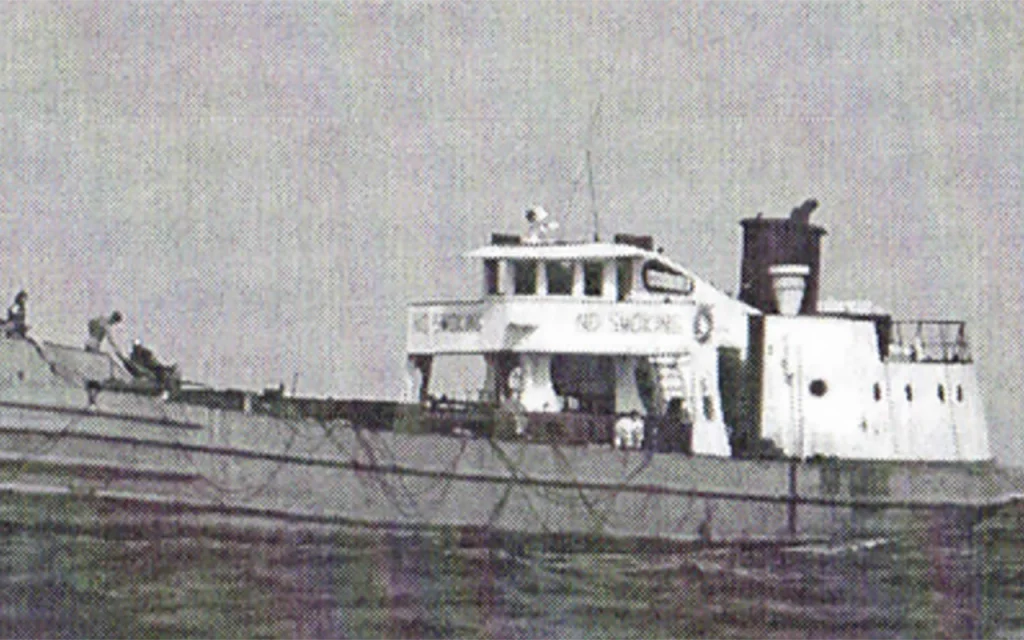
What Historical Features Can Still Be Identified on Wreck
Structural Remnants
- Hull and Superstructure: Portions of the ship’s hull and superstructure are still discernible, allowing divers to appreciate the original design and construction of the vessel. The wreck’s structure provides insight into its past as a bulk-oil carrier.
- Cargo Holds: The remnants of the cargo holds can be identified, which were once used to store oil. These areas may be explored by divers, showcasing the ship’s functionality before its transformation into an artificial reef.
Artificial Reef Features
- Artificial Reef Enhancements: After being prepared for sinking, the Esso Bonaire III had holes cut into its hull to facilitate water entry and promote marine life colonization. These modifications are visible and contribute to the wreck’s role as an artificial reef.
Marine Life Interaction
- Goliath Grouper and Other Species: The wreck is known for hosting significant populations of adult goliath grouper, among other marine species. Divers often observe these fish interacting with the wreck, which adds to the historical narrative of the site as a thriving ecosystem.
Historical Context
- Drug Smuggling History: The ship’s notorious past, including its interception by the U.S. Coast Guard for smuggling marijuana, adds a layer of historical intrigue. This context can be discussed among divers, enriching the diving experience.
What Safety Measures Are in Place for Divers Visiting Esso Bonaire III
Pre-Dive Safety Briefing
- Orientation and Briefing: Divers are often provided with a safety briefing before the dive, which includes information about the wreck, potential hazards, and guidelines for safe diving practices.
Equipment and Gear
- Secure Equipment: Divers are advised to ensure that all their gear is tightly fastened to prevent accidental loss or contact with the wreck and surrounding marine life. This helps minimize the risk of entanglement or damage to the reef ecosystem .
- Surface Marker Buoy: The use of a Surface Marker Buoy (SMB) is recommended. This buoy serves as a visual indicator of a diver’s position on the surface, enhancing safety during ascent and descent .
Diving Practices
- Depth Awareness: The Esso Bonaire III is located at a depth of approximately 81-90 feet (25-27 meters). Divers should be aware of their depth limits and ensure they have the appropriate certification for deeper dives.
- Buoyancy Control: Good buoyancy control is emphasized to protect the wreck and surrounding marine life. Divers are encouraged to practice buoyancy skills to avoid accidental contact with the reef .
Environmental Considerations
- Respect for Marine Life: Divers are instructed to refrain from touching or disturbing marine life, which helps maintain the ecological balance and reduces the risk of injury to both divers and animals .
- Leave No Trace: Divers are encouraged to leave the underwater environment as they found it, avoiding the removal or placement of any objects, living or dead .
Emergency Preparedness
- Emergency Procedures: Divers should be familiar with emergency procedures, including how to signal for help and the location of emergency equipment on the dive boat.
Dive Shops That Prove Diving Trips to This Shipwreck
- Narcosis Dive Company
- Palm Beach Scuba
- Pura Vida Divers
- Force-E Scuba Centers – Riviera Beach
- The Scuba Club
South Florida Wrecks
- SS Copenhagen
- Captain Dan Wreck
- SS Arratoon
- Queen of Nassau
- USS Mohawk
- MV Castor
- Esso Bonaire III
- St. Jacques
- The Gilbert Sea
- Shasha Boekanier
- Thozina
- The Orion
- The DEMA Trader
- Ancient Mariner
- The Amaryllis
- The Ande
- USS Hydro Atlantic
- Zion Train
- Mercedes I
- Half Moon
- The Danny
- The Ultra Freeze
- The Doc DeMilly
- Jay Scutti
- The Tracy
- Sea Emperor
- Jim Atria
- Merci Jesus
- Princess Britney

